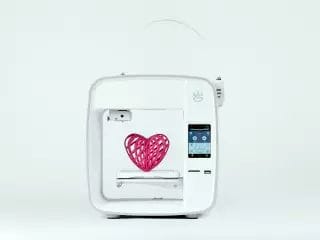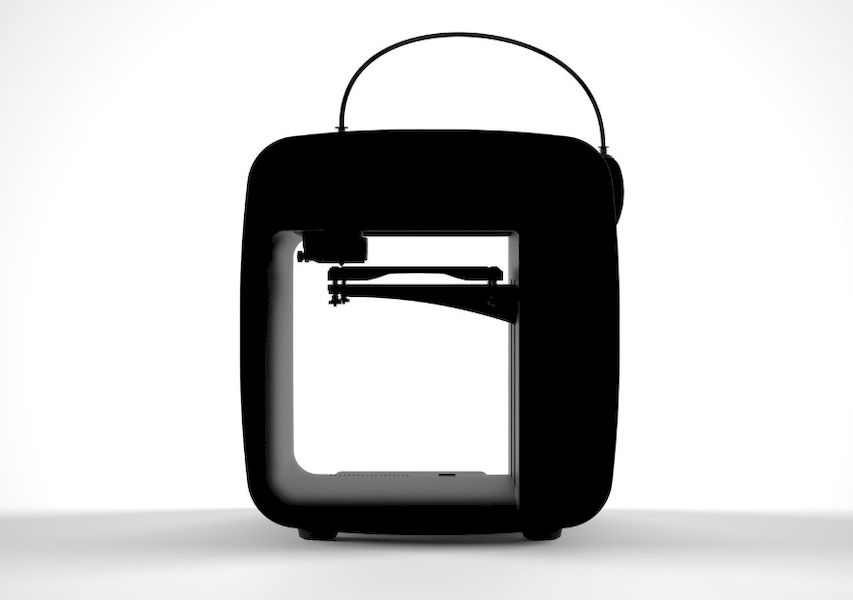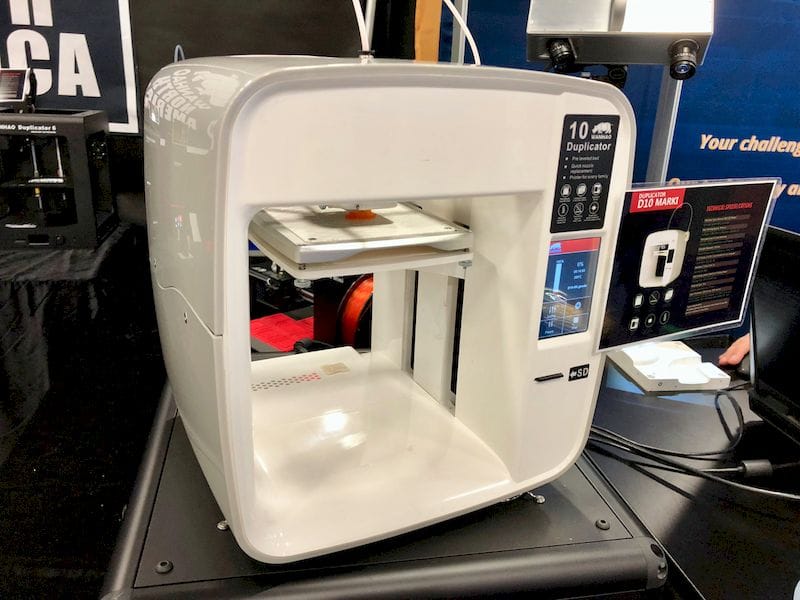
Last year we wrote about the highly touted Kodoma Obsidian 3D printer a device to sell for only USD$49.
The device seemed incredibly low-priced for the number of features in the system, which included a heated build plate, fully assembled, color Android touch screen, on board camera, metal frame, networking and a fancy exterior case design.
At that time we were happy to see someone attempting to market an even lower cost device, but we were a bit skeptical on whether the project would succeed. We wrote:
Historically, ultra-low priced 3D printer offerings tend to fail miserably, as we’ve seen countless times in the past. But low pricing does attract customers, and I expect many units to be sold here – but not as much money being raised.
Why so? If they sell 3,000 units, as they did on their previous Kickstarter, they’d raise a few hundred thousand dollars. That’s not a lot of money to build and ship thousands of machines. In fact, the shipping cost will be a significant portion of the price!
This is so low a price I have a hard time imagining how they will succeed. However, they seem to have done so, more or less, in their previous campaign. If you read some of the 6,000+ comments on the Trinus campaign, you will see that some people did not receive working machines, were missing parts or materials. But you will also read that others did receive working machines or were helped by the company to restore missing items.
I’d say this is an interesting and low cost bet if you were to take part. The price is SO incredibly low that if they completely fail to deliver anything to you, it really isn’t that great a loss.
It might just be worth it to say you have a USD$49 3D printer.
In other words, you could probably afford to lose the entire purchase price due to its low amount. The pain would be nothing like losing USD$4,000 on a printer purchase.
Now we are a year later and apparently the Obsidian device has not yet shipped, and it seems there has been some controversy about the project.
According to a report on 3D PrinterChat, the company lost their contract engineer. Even worse, it appears that this engineer may have departed with the Obsidian design and marketed it under the Australian Furling Technology brand.

Web images of the Furling device appear to be quite similar in styling to the Obsidian machine, at least on their Indiegogo page. They are not quite the same – the Furling appears a bit more rounded, as you can see in this silhouette shot from their website:

Kodama wrote of their experience on a Medium post explaining the difficulties encountered when the engineer departed.
Not only are the clones of the design being developed and sold for more than Kodoma planned, the design has been licensed to others.
In fact, we actually saw this licensed device recently under the Wanhao label, as the “Duplicator 10”.

This makes business success a lot harder for Kodoma, as they had to change suppliers and reacquire engineers. That appears to have caused a significant delay in producing their Kickstarter units, much to the dismay of their 6,000+ backers, who are still awaiting delivery. However, indications are that the machine may arrive in the next few months.
There are plenty of 3D printer options available these days, and one of the reasons is that designs are replicated. Replicating the replicators, I suppose.
This is easy for some manufacturers to do, but it surely puts a dent into progress. How many other low-cost ventures were deterred from even starting because of this effect?
Via 3D PrinterChat (Hat tip to Afro3DPrinter)

